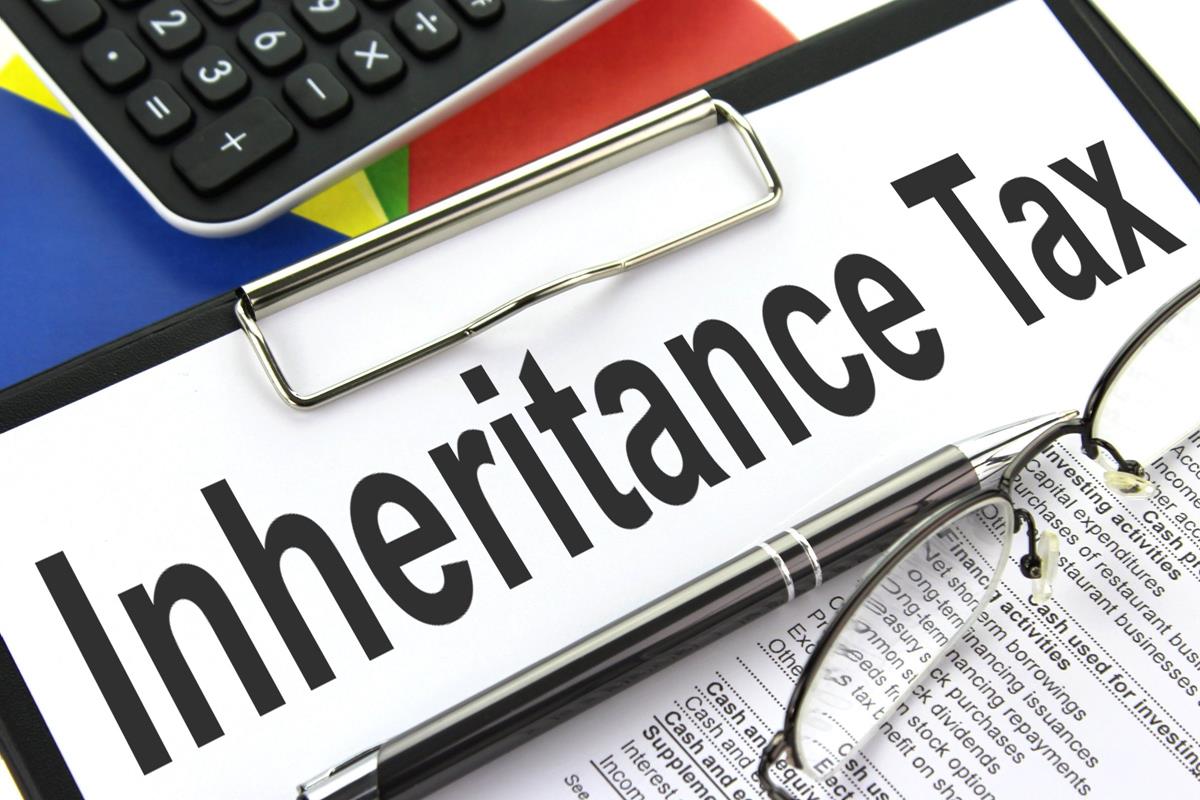Last year’s increase in inheritance tax (IHT) receipts received by HMRC was the largest single-year rise in receipts for six years, new figures have confirmed.
HMRC has reported a 14% increase in IHT receipts worth £729m between the 2020/21 and 2021/22 financial year, with receipts standing at £6.1bn.
IHT receipts last saw a larger rise in the 2015/16 year when receipts climbed by 22%, an increase worth £848m to the government.
HMRC suggested the latest rise in 2021/22 has likely been due to a combination of the knock-on effects of the COVID-19 pandemic on the volume of wealth transfers and IHT-liable deaths in recent years, as well as continued rises in asset values.
The government’s decision in March 2021 to maintain the IHT nil rate band thresholds at their 2020/21 levels up to and including 2025/26 has also likely led to an increase in the the number of people liable to pay IHT.
HMRC’s latest data confirmed that the total number of UK deaths resulting in an IHT charge has increased. In the 2019/20 tax year, there were 23,000 such deaths, an increase of 900 (4%) on 2018/19.
Furthermore, the figures show that in the 2019/20 tax year, 3.76% of UK deaths resulted in an IHT charge, increasing slightly by 0.02 percentage points since the previous tax year, 2018/19. This reversed the fall seen last year and is the first rise in this proportion since the tax year 2016/17.
Canada Life technical director, Andrew Tully, commented: “The nil rate band for IHT has been frozen for more than a decade and as a result is woefully lagging behind inflation. While IHT has historically been a tax of the very wealthy, this is clearly no longer the case.
“With property prices soaring and most personal tax allowances including the standard and residence nil rate band frozen until April 2026 , this is now a concern for larger sections of society as the IHT tax net widens.
“This year’s surge in income will partly be driven by the ongoing increase in house prices, as residential property makes up the largest share of most estates. There has also been a higher volume of wealth transfers due to COVID – partly due to more deaths in the elderly population, but also as some people make outright gifts to help family during this difficult period.”
Group communications director at Just Group, Stephen Lowe, added: “High quality financial planning can help mitigate against future IHT charges, even for those leaving more modest sums. Where estates are valued at less than £1m, the bulk of the value is held in residential property and cash.
“One simple mechanism for reducing IHT is to gift money that will not be needed in the years before death, which also brings the non-financial benefit of seeing loved ones enjoy that money and put it to good use.
“Using the wealth tied up in bricks and mortar can help people meet their goals in later life, whether that is to use that wealth to boost consumption in retirement or to bequeath it in a tax-efficient manner.”
Latest News
-
Targeted support applications to open from March 2026
-
19 firms join forces to launch new retail investment campaign
-
Four in five bridging professionals confident about 2026 market outlook
-
Söderberg & Partners invests in UK group rockwealth
-
SME lending grows again in Q3 – UK Finance
-
Titan Wealth acquires Morgans Ltd
Perenna and the long-term fixed mortgage market

Content editor, Dan McGrath, spoke to head of product, proposition and distribution at Perenna, John Davison, to explore the long-term fixed mortgage market, the role that Perenna plays in this sector and the impact of the recent Autumn Budget
The role of the bridging market and technology usage in the industry
Content editor, Dan McGrath, sat down with chief operating officer at Black & White Bridging, Damien Druce, and head of development finance at Empire Global Finance, Pete Williams, to explore the role of the bridging sector, the role of AI across the industry and how the property market has fared in the Labour Government’s first year in office.
NEW BUILD IN FOCUS - NEW EPISODE OF THE MORTGAGE INSIDER PODCAST, OUT NOW

Figures from the National House-Building Council saw Q1 2025 register a 36% increase in new homes built across the UK compared with the same period last year, representing a striking development for the first-time buyer market. But with the higher cost of building, ongoing planning challenges and new and changing regulations, how sustainable is this growth? And what does it mean for brokers?
Does the North-South divide still exist in the UK housing market?

What do the most expensive parts of the country reveal about shifting demand? And why is the Manchester housing market now outperforming many southern counterparts?
In this episode of the Barclays Mortgage Insider Podcast, host Phil Spencer is joined by Lucian Cook, Head of Research at Savills, and Ross Jones, founder of Home Financial and Evolve Commercial Finance, to explore how regional trends are redefining the UK housing, mortgage and buy-to-let markets.
In this episode of the Barclays Mortgage Insider Podcast, host Phil Spencer is joined by Lucian Cook, Head of Research at Savills, and Ross Jones, founder of Home Financial and Evolve Commercial Finance, to explore how regional trends are redefining the UK housing, mortgage and buy-to-let markets.
© 2019 Perspective Publishing Privacy & Cookies











Recent Stories